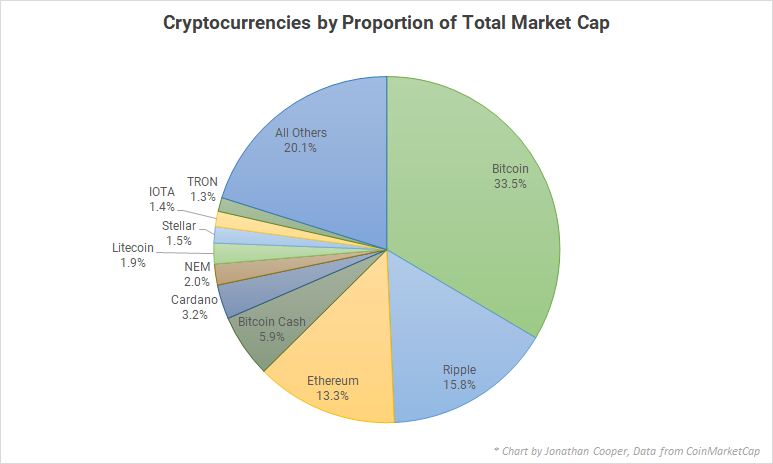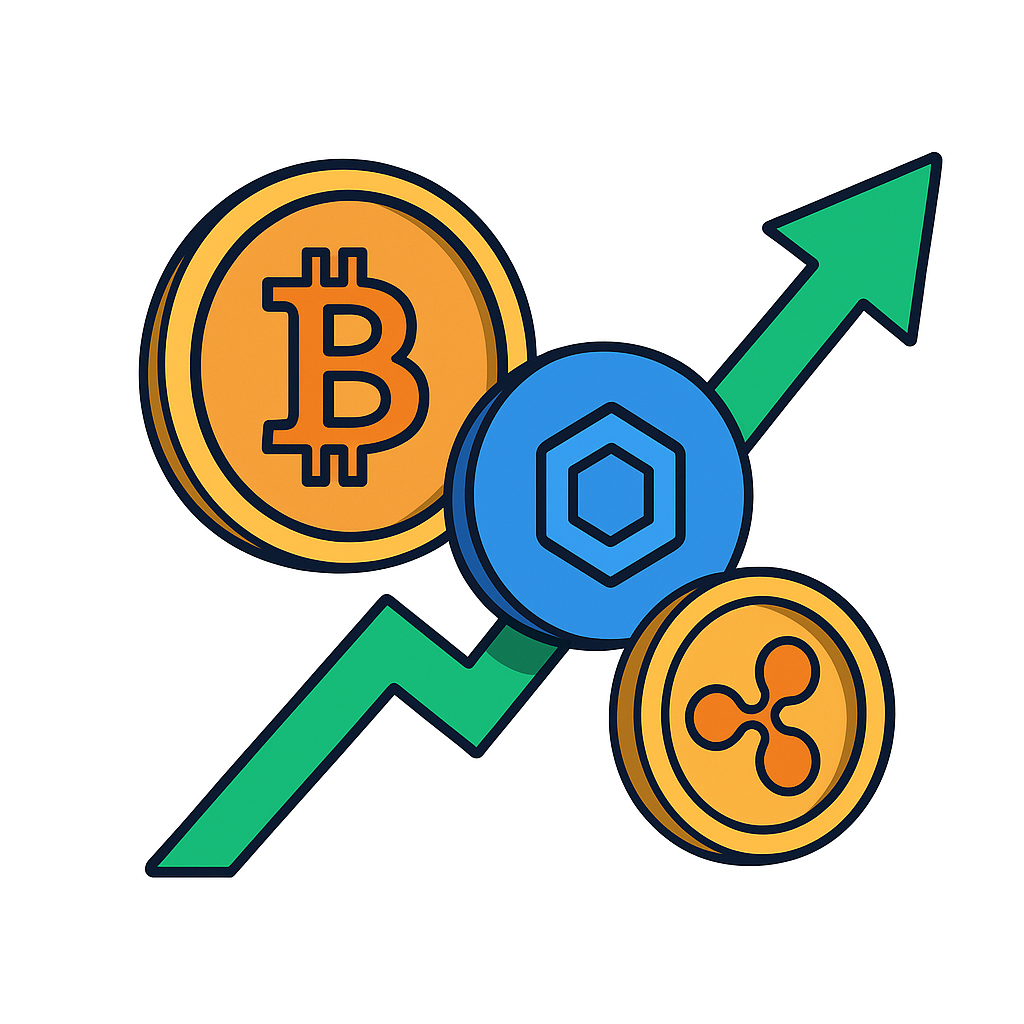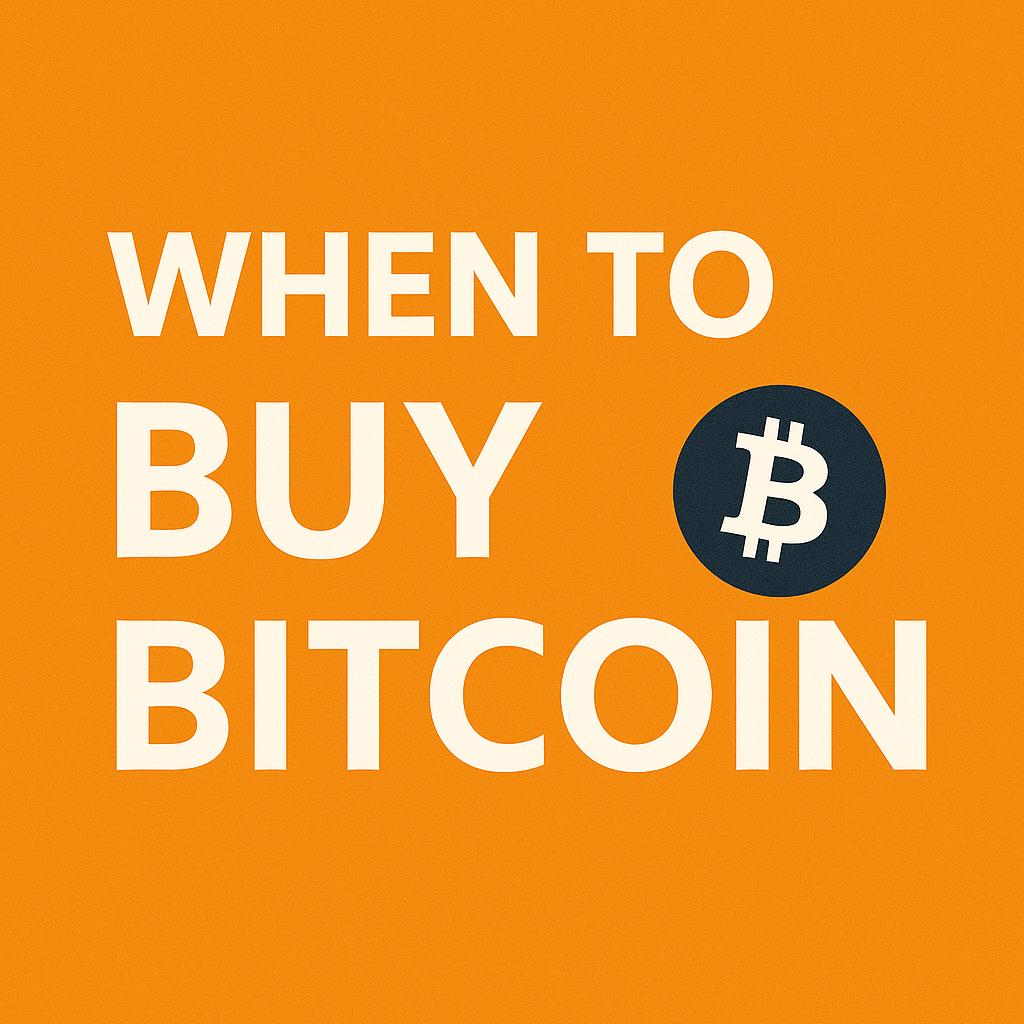Ripple is a financial technology company known for its cross-border payment solutions. Its cryptocurrency XRP serves as a “bridge currency” that facilitates fast, low-cost international transfers (Sharma, 2024). Instead of using traditional multi-step bank transfers, Ripple’s network (RippleNet) leverages XRP to quickly convert between currencies on-demand. In effect, XRP enables payments to move across borders in seconds with minimal fees. For example, Ripple’s technology is designed to allow banks and payment providers to send value in one currency and have the recipient get another currency almost instantly, without the need for pre-funded accounts (Sharma, 2024).
For decades, international transfers have largely relied on SWIFT, a messaging system used by over 11,000 financial institutions worldwide (RiseIn, 2025; Global RADAR, 2025). SWIFT does not actually move money; it just sends payment instructions. As a result, banks must route funds through correspondent banks, which adds time (often 1–5 days) and cost. By contrast, Ripple’s XRP-based transfers settle in a few seconds (RiseIn, 2025) with transaction costs as low as fractions of a cent. This speed and efficiency advantage makes XRP attractive for remittances and cross-border business payments.

However, Ripple and XRP face competition from many other blockchain projects, fintech platforms, and banking initiatives that aim to improve or replace traditional payments. Some of the main competitors and alternative solutions include:
- SWIFT (traditional banking network). SWIFT connects over 11,000 banks globally, but relies on correspondent banks and multiple steps. Its Global Payments Innovation (gpi) upgrade has improved tracking and speed, but transactions still often take days to finalize (RiseIn, 2025; Global RADAR, 2025). Ripple positions XRP as an on-demand liquidity solution that can circumvent these intermediaries (Sharma, 2024).
- Stellar (XLM). Stellar is a public blockchain founded by a Ripple co-founder. It targets low-cost cross-border payments and financial inclusion (Tsentsura, 2025). Its Lumens token (XLM) is used as a bridge, and the platform supports fiat-backed stablecoins. For example, Stellar partnered with MoneyGram to allow USD Coin (USDC) transfers to MoneyGram’s 300,000+ locations worldwide, enabling instant cross-currency payouts. Stellar offers settlement in seconds with minimal fees, focusing on consumer remittances rather than volatile crypto assets.
- Algorand (ALGO). Algorand is a high-performance Layer-1 blockchain with instant finality and very low fees (Tsentsura, 2025). It has gained institutional use cases – notably the Italian government chose Algorand for a national digital guarantee platform. Algorand supports fast transfers of tokenized assets and stablecoins (USDC is live on Algorand), handling thousands of transactions per second without a single bridge token. Its ISO 20022 compliance also makes it friendly for banks’ existing systems.
- Hedera Hashgraph (HBAR). Hedera is not a blockchain but a hashgraph-based distributed ledger governed by corporations like Google and IBM. It offers enterprise-grade performance (10,000+ TPS) and fast finality (Tsentsura, 2025). In 2024, Shinhan Bank (Korea) and partners completed a real-time cross-border remittance pilot on Hedera, exchanging won- and baht-backed stablecoins in seconds. The result was near-instant settlement with tiny fees. Hedera’s network uses HBAR only for fees and security, while stablecoins or CBDCs carry the actual value (Tsentsura, 2025). Its trusted governance and high throughput make it an attractive alternative for regulated transfers.
- R3 Corda. Corda is a private distributed ledger platform developed by a consortium of banks. Unlike Ripple’s public ledger, Corda is permissioned: each participant (a bank) runs a node and transacts privately (Tsentsura, 2025). It has become a standard in finance, with over $10 billion of real-world assets tokenized (bonds, FX, etc.) on Corda-based networks. In Corda, banks can exchange digital tokens of fiat or assets directly. It provides legal finality for interbank transfers without a common asset like XRP.
- JPMorgan’s JPM Coin / Kinexys. JPMorgan created its own tokenized-dollar payment rail. JPM Coin (now part of Kinexys) is a private network that uses tokens representing JPMorgan bank deposits for instant transfers among its clients (Tsentsura, 2025). This system enables 24/7 cross-border payments in minutes or seconds, with final settlement in USD bank deposits. Essentially, it is an in-house alternative to SWIFT for JPMorgan’s corporate clients.
- Fnality (USC Consortium). Fnality is a consortium of banks developing tokenized central bank money for wholesale payments. Its first live deployment (December 2023) used tokenized sterling on a blockchain to settle cross-border transactions in real time. Fnality’s model eliminates settlement risk by using actual central bank reserves. It aims to allow atomic payment-versus-payment (PvP) across currencies without a volatile token (Tsentsura, 2025). If successful, Fnality could become a new backbone for high-value cross-border clearing.
- Visa B2B Connect. Visa’s cross-border B2B Connect is a distributed ledger network for corporate payments between banks. It routes payments directly (no long correspondent chains) with end-to-end visibility. The network now spans over 100 countries with fast settlement, and even pilots stablecoin settlements. Visa piloted sending millions of USDC to settle transactions on Ethereum and Solana, bypassing bank wires. This hybrid use of closed networks and open stablecoins shows Visa’s approach to competing with Ripple’s model (Tsentsura, 2025).
- Mastercard Multi-Token Network (MTN). Mastercard’s MTN is a platform for tokenized assets (fiat tokens, stablecoins, CBDCs). It connects banks and fintechs via APIs. MTN already integrated with JPMorgan’s network, enabling cross-border payments using tokenized deposits. Its goal is to create common rails for regulated digital currencies, similar to Ripple’s vision but anchored in existing banking systems.
- Stablecoin settlement networks (USDC, etc.). Stablecoins have become core to cross-border innovation. USDC is fully backed 1:1 with dollars, making it a trusted settlement currency (Tsentsura, 2025). USDC operates on many blockchains (Ethereum, Stellar, Algorand, Solana, etc.), allowing near-instant transfers anywhere. Major companies are embedding USDC into payments: Stripe pays creators globally in USDC, PayPal launched its own USD stablecoin (PYUSD), and banks/processors are piloting USDC rails (Tsentsura, 2025). These developments suggest stablecoins may complement or even supersede older crypto tokens like XRP in institutional flows.
- Other fintech solutions. Finally, non-crypto payment solutions (e.g. Wise, Airwallex) and modern real-time rails (like FedNow in the U.S.) also compete in cross-border payments, though these lie outside the blockchain domain.
For brevity, the following table lists some major competitors and their key features:
| Competitor | Category | Key Features |
|---|---|---|
| SWIFT (gpi) | Traditional banking network | Connects 11,000+ banks; uses correspondent chains; transactions take 3–5 days; gpi upgrade improves speed. |
| Stellar (XLM) | Public blockchain | Fast (seconds) transfers, very low fees; uses XLM or USD stablecoins (e.g. USDC) for settlement; focused on remittances. |
| Algorand (ALGO) | Public blockchain | High throughput, instant finality, supports stablecoins; used in institutional projects (e.g. Italy’s digital finance). |
| Hedera (HBAR) | Distributed ledger (hashgraph) | Very high capacity (~10,000 TPS), governed by large firms; pilot real-time remittance; uses stablecoins for value. |
| R3 Corda | Bank consortium (DLT) | Permissioned ledger, no native crypto; used by banks to tokenize assets (bonds, FX); direct interbank settlement. |
| JPM Coin / Kinexys | Bank network (JPMorgan) | Private payment rail using tokenized USD deposits; enables 24/7 near-instant settlement within JPMorgan’s network. |
| Fnality (USC) | Bank consortium (DLT) | Tokenized central bank money for high-value transfers; live sterling settlements 2023; atomic FX swaps without crypto. |
| Visa B2B Connect | Corporate payment network (Visa) | DLT-based global network for bank payments; end-to-end tracking, next-day settlement; piloted stablecoin (USDC) usage. |
| Mastercard MTN | Corporate payment network (Mastercard) | API platform for tokenized assets; integrated with JPMorgan network; focuses on regulated digital currencies. |
| Stablecoins (e.g. USDC) | Digital dollar networks | USD-pegged tokens on multiple blockchains; instant 24/7 settlement; adopted by Stripe, PayPal, etc., for remittances. |
How to Buy XRP
If you’re interested in acquiring XRP, one convenient way is via a cryptocurrency exchange. For example, use MEXC by following these steps:
- Visit MEXC’s sign-up page: https://www.mexc.com/acquisition/custom-sign-up?shareCode=mexc-provip (for a permanent 20% trading fee discount which is VERY generous, best on the market. Use referral code mexc-provip if prompted).
- Complete account verification: Finish the KYC process on MEXC and deposit funds (e.g. USD or USDT).
- Buy XRP: Search for the trading pair XRP/USDT (or XRP/USDC) and place a buy order for the amount of XRP you want.
- Withdraw or hold: Once the trade executes, the XRP will appear in your MEXC wallet. You can keep it there or withdraw it to your own XRP wallet.
Using the referral link above helps support this content (at no additional cost to you). Enjoy exploring XRP!
All facts above are drawn from industry sources and aim to present a neutral comparison of Ripple’s ecosystem and its competitors.
References
Sharma, R. (2024, May 31). Ripple ecosystem: What is the role of XRP? Investopedia. https://www.investopedia.com/news/what-role-xrp-ripples-products/
Gül, C. (2025, May 2). SWIFT vs XRP: Which is the future of international payments? RiseIn. https://www.risein.com/blog/swift-vs-xrp-which-is-the-future-of-international-payments
Global RADAR. (2025, January 24). The future of cross-border payments: A comparative analysis of SWIFT and XRP. Global Radar. https://globalradar.com/the-future-of-cross-border-payments-a-comparative-analysis-of-swift-and-xrp
Tsentsura, K. (2025, June 18). Ripple competitors: Top technologies reshaping cross-border payments. Yellow.com. https://yellow.com/news/ripple-competitors-top-technologies-reshaping-cross-border-payments



Pingback: When to Buy Bitcoin: A Complete Beginner’s Guide - Crypto Idolo